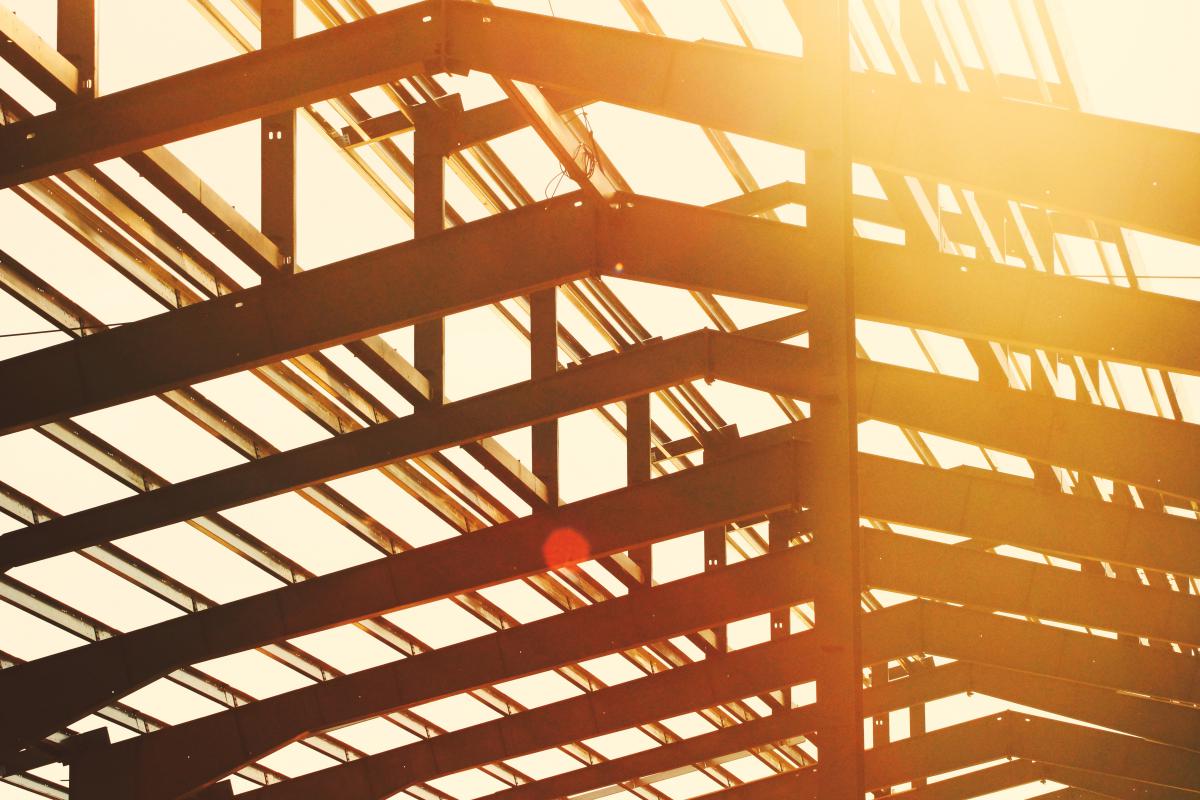Every construction project requires the right tools to ensure a safe and efficient work environment. Safety is one area that should never be compromised. Especially in the case of large scale development, façade access solutions are an essential item in any engineer’s checklist.
Staying ahead of your project calendar
One of the easiest ways to avoid delays and to prevent accidents in the workplace is by planning ahead. Planning the placement of your façade access solution concerning the early stages of architectural design will make it easier for you to ensure continuous operation.
Planning early allows you to keep a safe work environment in designing access platforms and strengthening reinforcement and roof structures to accommodate the façade access.
It’s essential not just to keep your project on schedule, but also to keep your staff safe from harm. In this article, we’ll share with you three essential safety guidelines to follow in using a façade access solution.
Study your supplier’s portfolio
When it comes to choosing the right manufacturer, you should always take note of their price, experience, and portfolio. Familiarizing yourself with a service provider’s previous projects can give you a reference to what lengths they are willing to go and what capabilities they have to work on your project.
Experience is a crucial component to look for when you’re searching for a manufacturer to work with. However, if they have an excellent track record but an enormously high price rate, you might want to consider settling for a slightly less well-known manufacturer that provides the same quality of output at a more affordable cost.
The key to finding the right service is by weighing your options based on the balance of price and performance.
Hire a facade access consultant
Before any construction work can begin, a thorough inspection must be performed on the equipment in the area. A consultant can properly point out the local building regulations and safety standards that you might not be aware of.
Hiring a consultant will not only give you a second opinion on choosing the right manufacturer, but they will also provide some much-needed insights and practical reasoning to your client on the feasibility of your project. By interpreting the construction’s scope and duration, they can decide whether or not a project’s timeframe is feasible with the scale of your operation.
Test and maintain your facade access solution
It’s important to note that you must use a system only after it’s been tested. A newly-placed system needs to be tested by a qualified professional before you can move in and allow your contractors to proceed with their work.
Common issues that one would have after a system is in place is due to improper installation and inadequate maintenance. Since a façade access system will work almost entirely outdoors, it can be prone to wear and tear from the environment.
It’s critical that the system in place is installed correctly to the right specifications and to have the proper training to your staff who will be using it. Each system has a unique operating system, and your staff must be informed not only in using it effectively, but also in using it safely.
Conclusion
A construction project is always prone to extensions and rescheduling. One effective way to avoid any delays in work is to optimize your project calendar and to anticipate problems with pre-planned solutions before they even occur.
The development of technology has given way to modern means of addressing old problems. Contracting services now have access to manufacturers that specialize in different parts of the construction project, from cladding to façade systems.
If you’re looking for a reliable team to handle facade maintenance and repairs, our team of professionals in Australia is trained to give you the best service possible. Contact us today to find out how!
Related Post
-
Maintenance & RepairsWeatherproofing
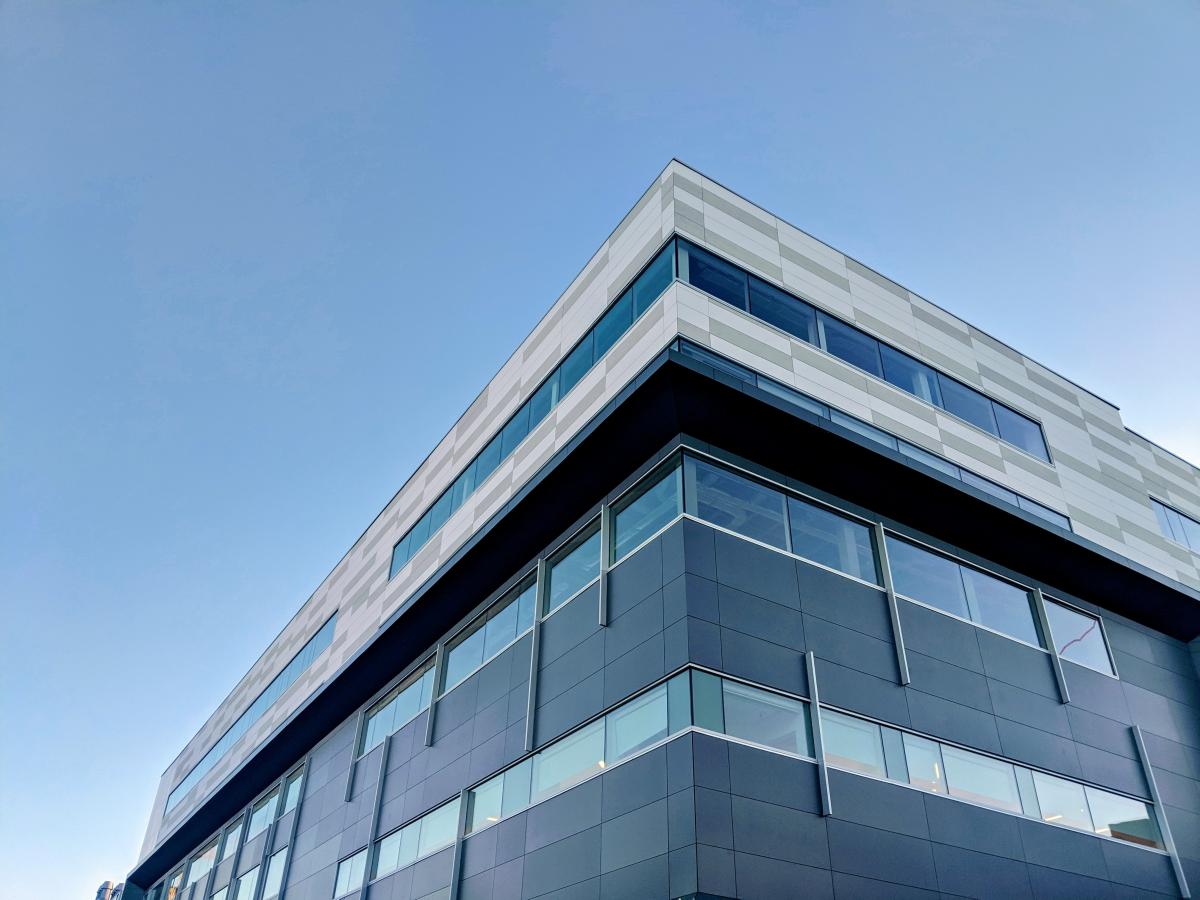
5 Common Causes of Leaks in Commercial Properties
Read more -
Maintenance & RepairsWeatherproofing
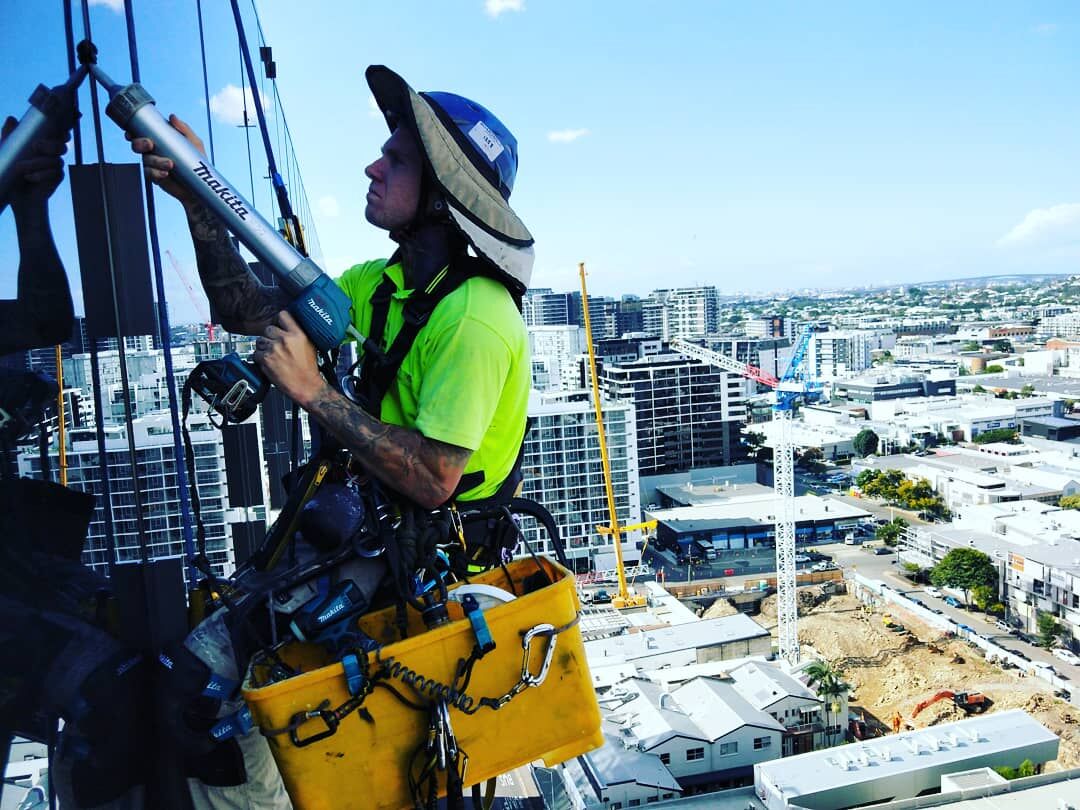
Why Weatherproofing Your Building Is a Worthy Investment
Read more -
Maintenance & RepairsWeatherproofing

The Risks of Improper Waterproof Coating Application
Read more
Got a project in mind?
Get in touch with the vertical professionals for all your speacialised construction needs.
Get a quote